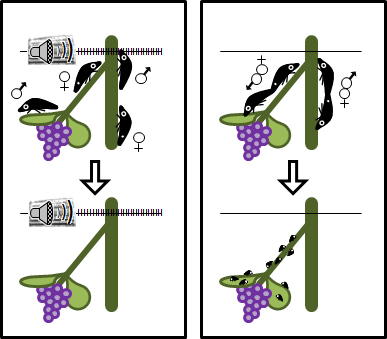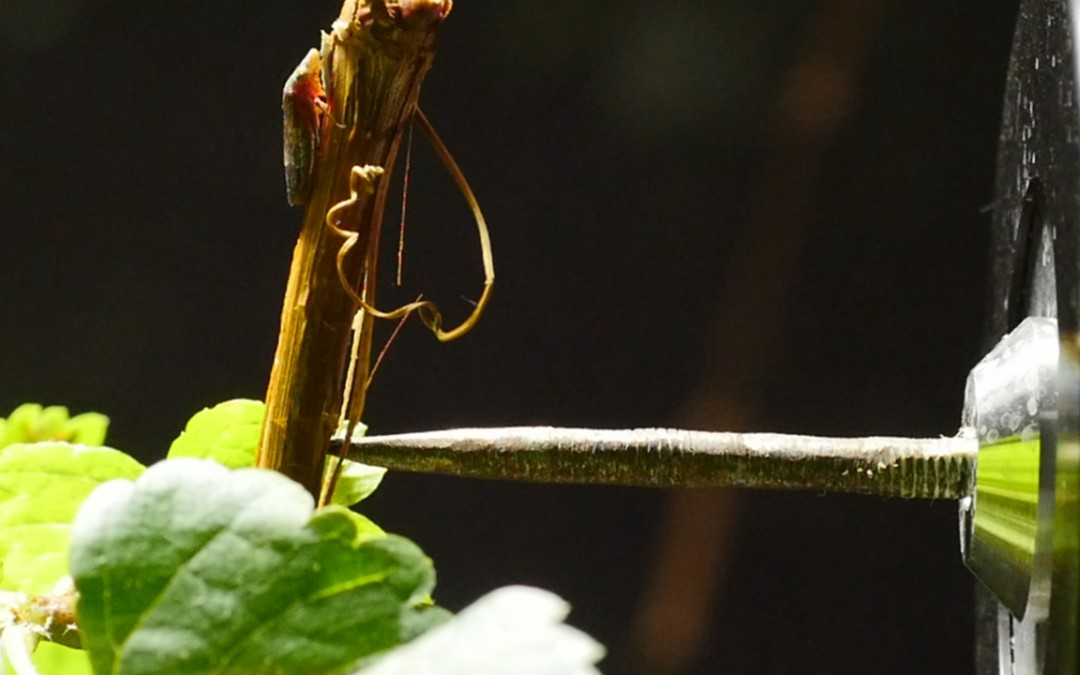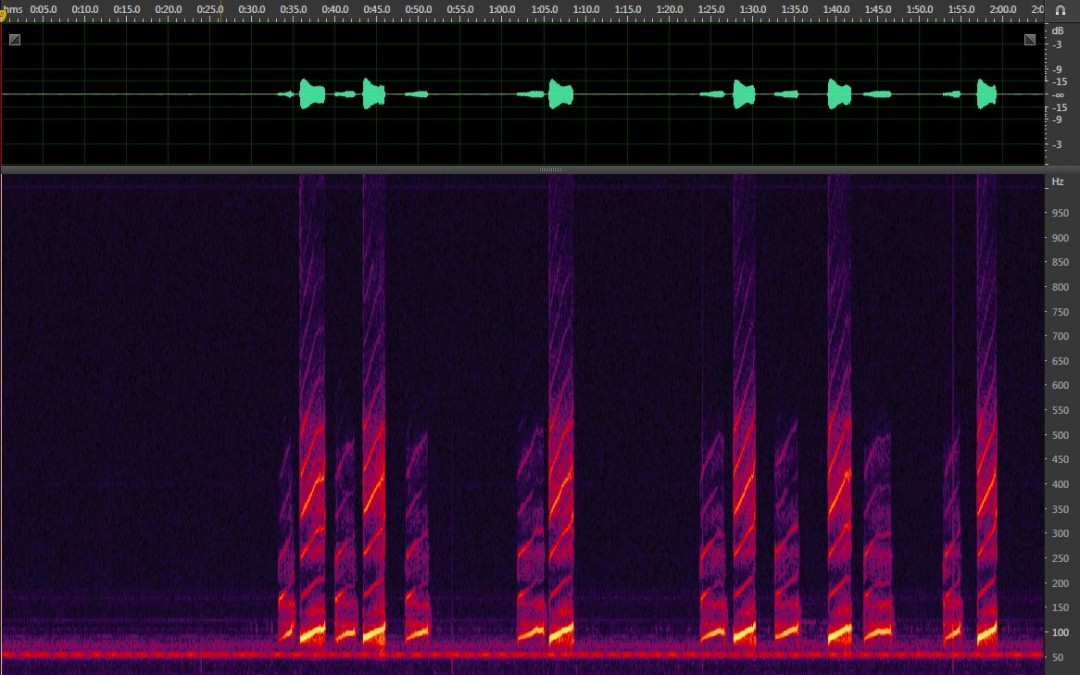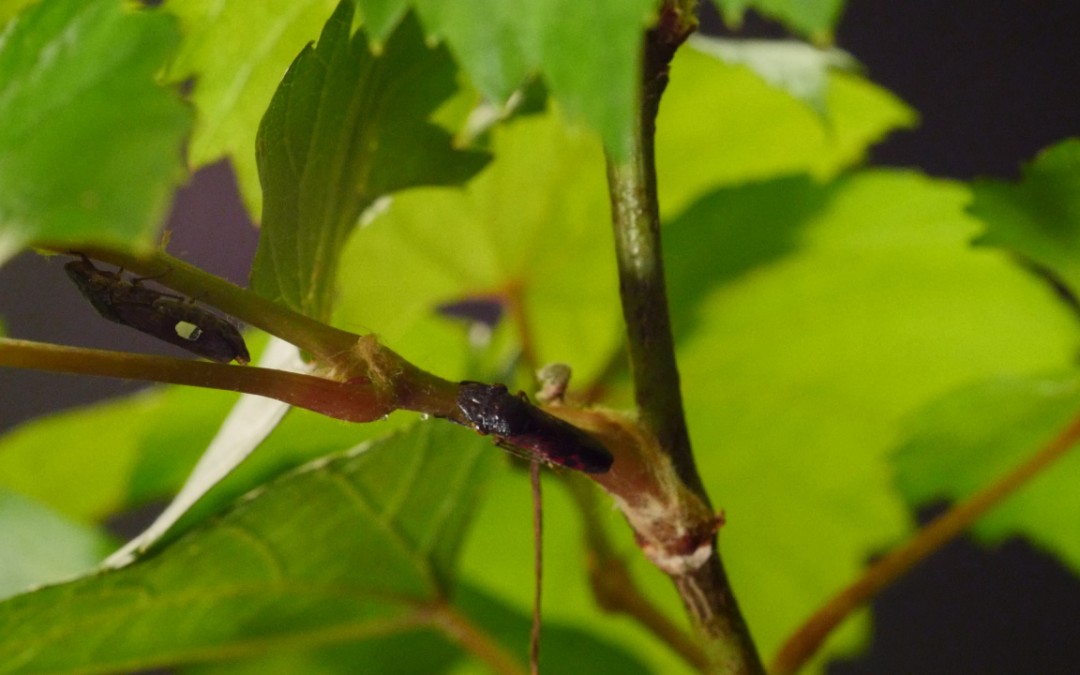
by Shira | Mar 30, 2018
BACKGROUND Glassy-winged sharpshooter (GWSS), Homalodisca vitripennis (Germar) (Hemiptera: Cicadellidae) is an important vector of the bacterium Xylella fastidiosa, the causal agent of Pierce’s disease of grapevine. Area-wide insecticide applications have suppressed...

by Shira | May 19, 2017
The glassy-winged sharpshooter (GWSS), Homalodisca vitripennis, is an important pest of grapevines due to its ability to transmit Xylella fastidiosa, the causal agent of Pierce’s disease. GWSS mating communication is based on vibrational signals; therefore,...

by Shira | Apr 11, 2017
Animal communication is a complex behavior that is influenced by abiotic and biotic factors of the environment. Glassy-winged sharpshooters (GWSS), Homalodisca vitripennis (Germar) (Hemiptera: Cicadellidae), primarily use vibrational signaling for courtship...

by Shira | Feb 18, 2017
The glassy-winged sharpshooter (GWSS), Homalodisca vitripennis, is an important vector of Xylella fastidiosa, the causal agent of Pierce’s disease of grapevine. GWSS control relies mainly on insecticides; therefore, an alternative method, such as vibrational mating...






Recent Comments